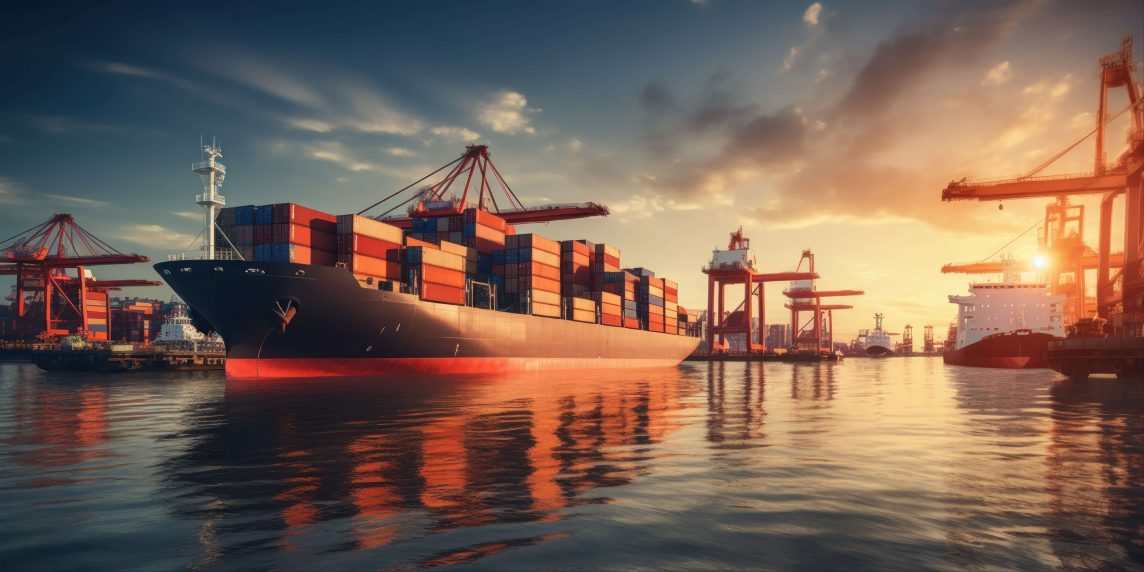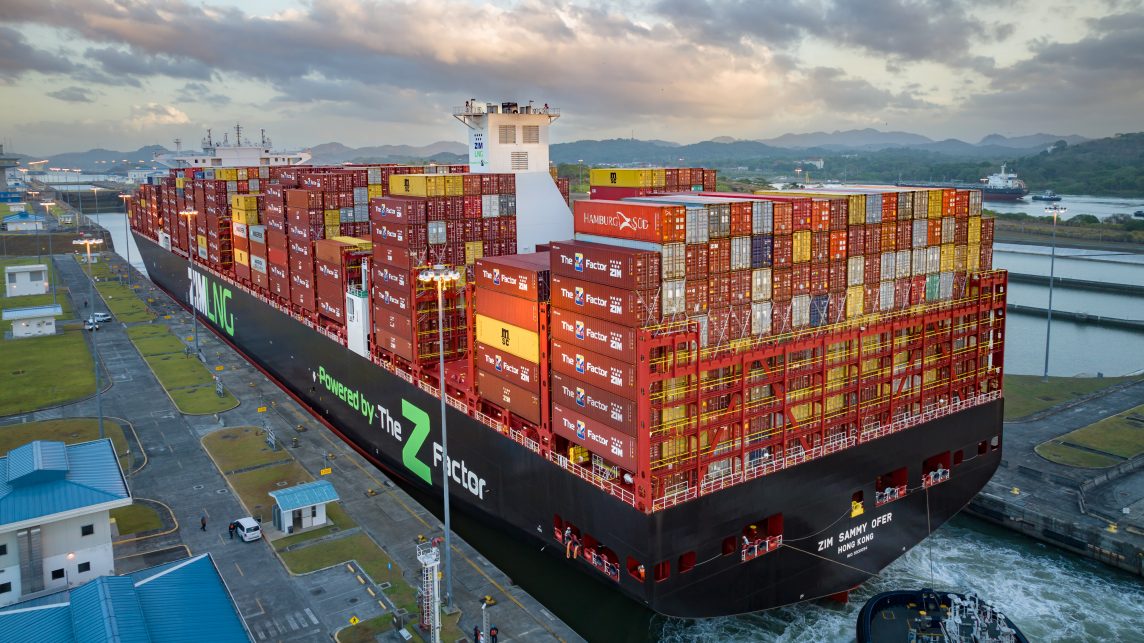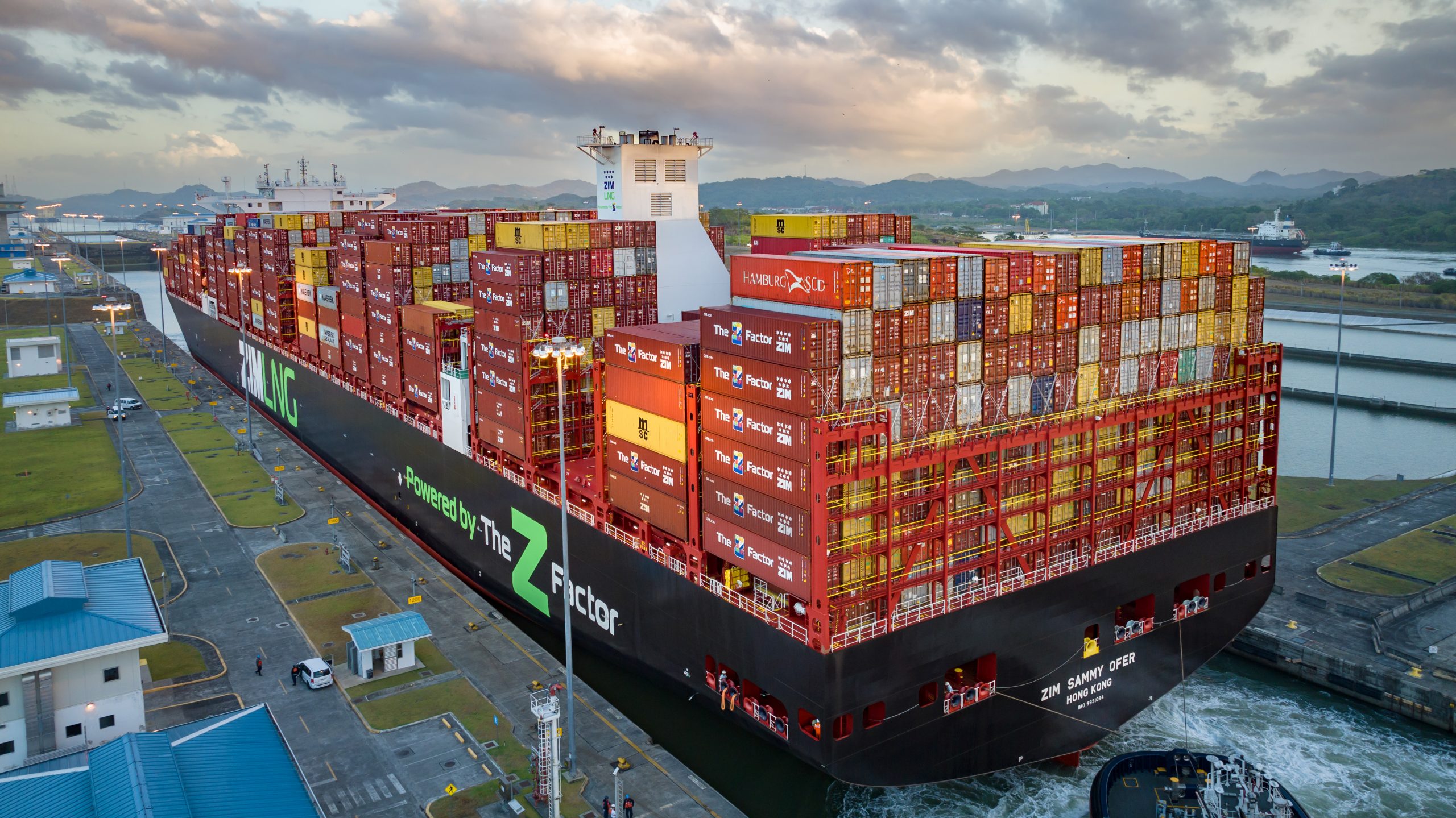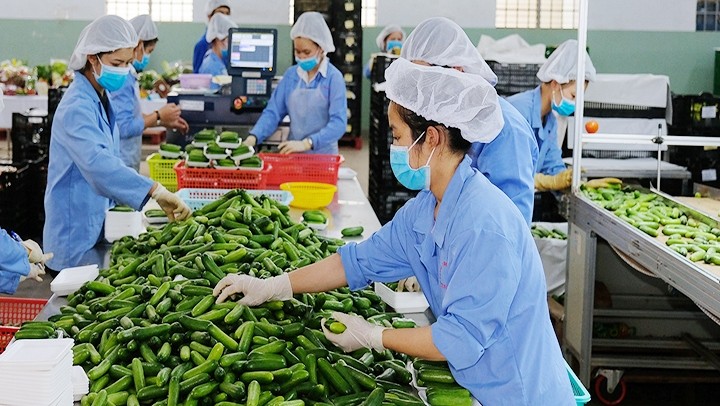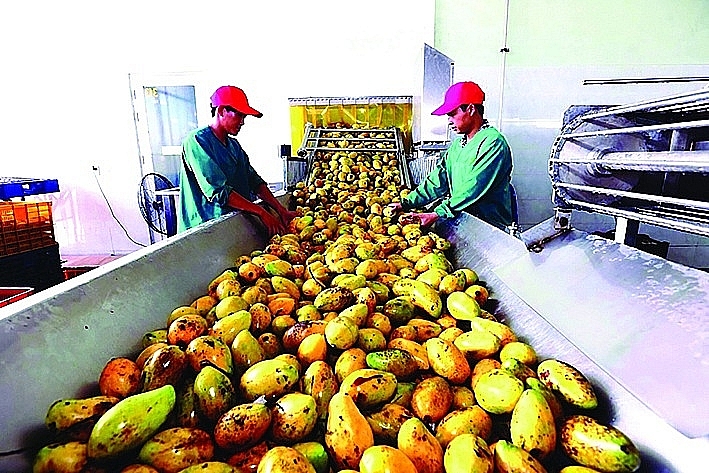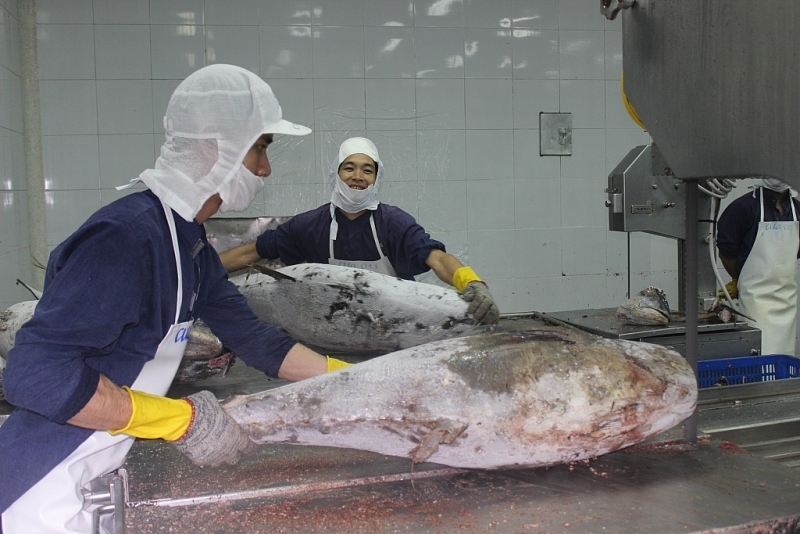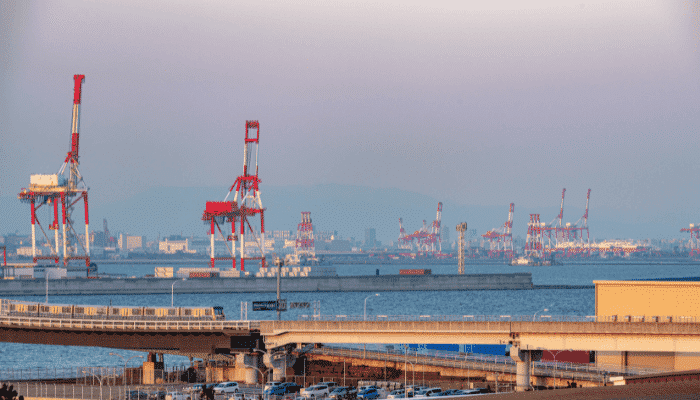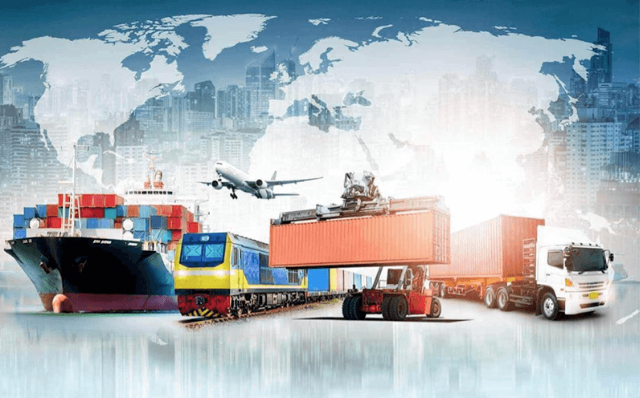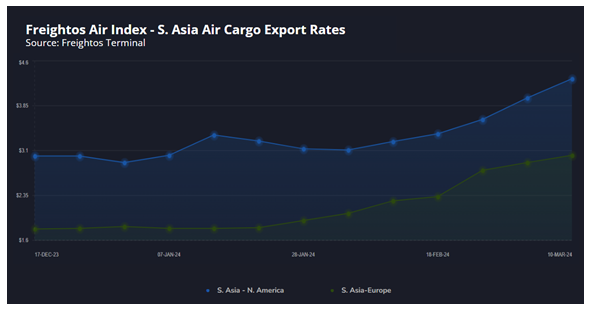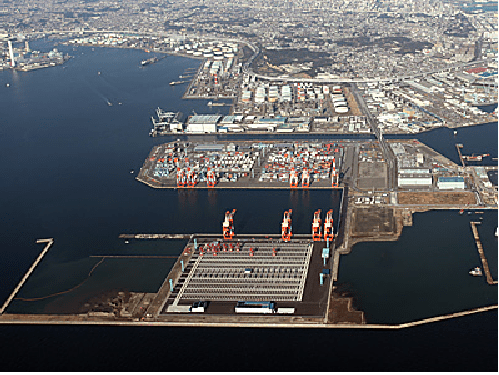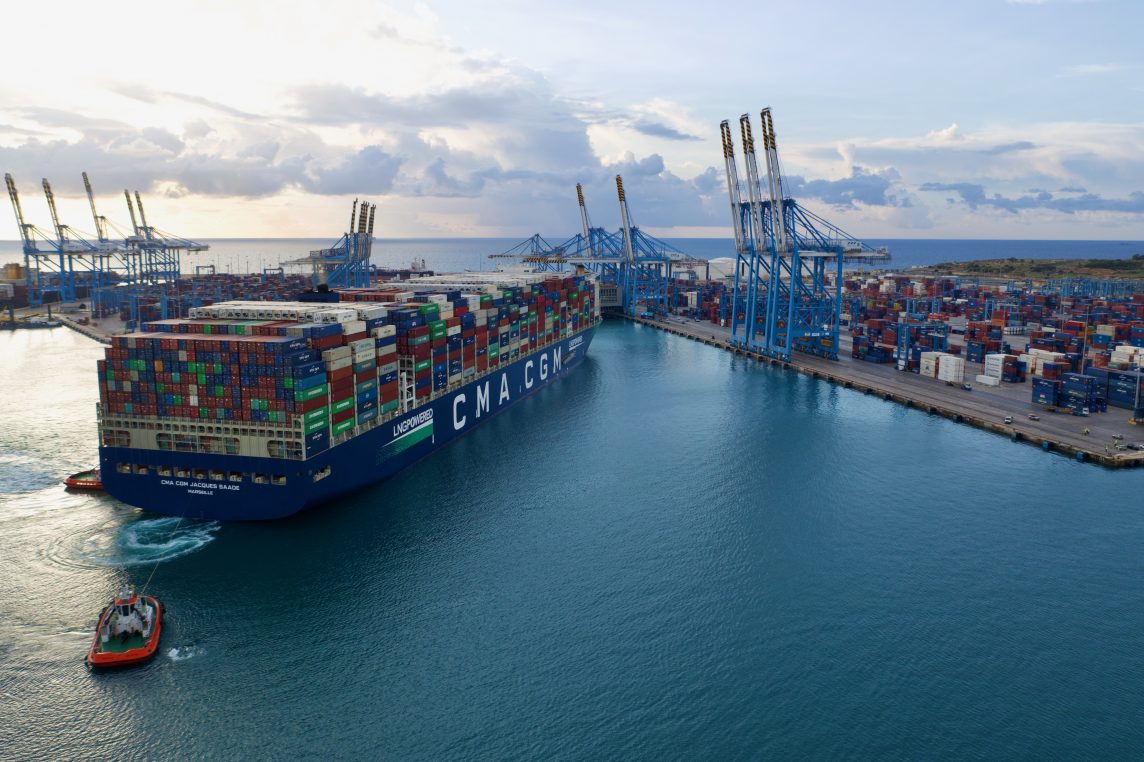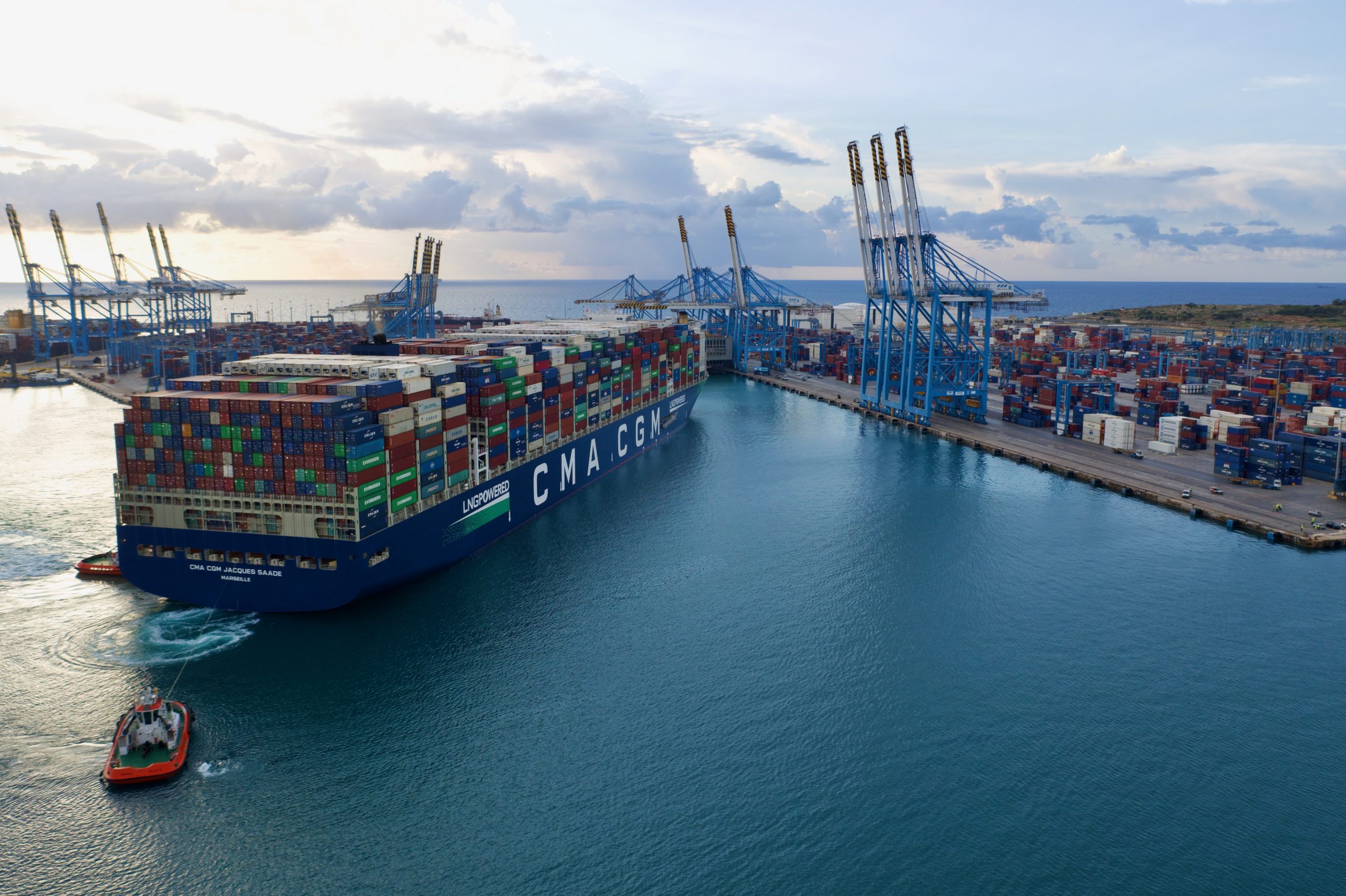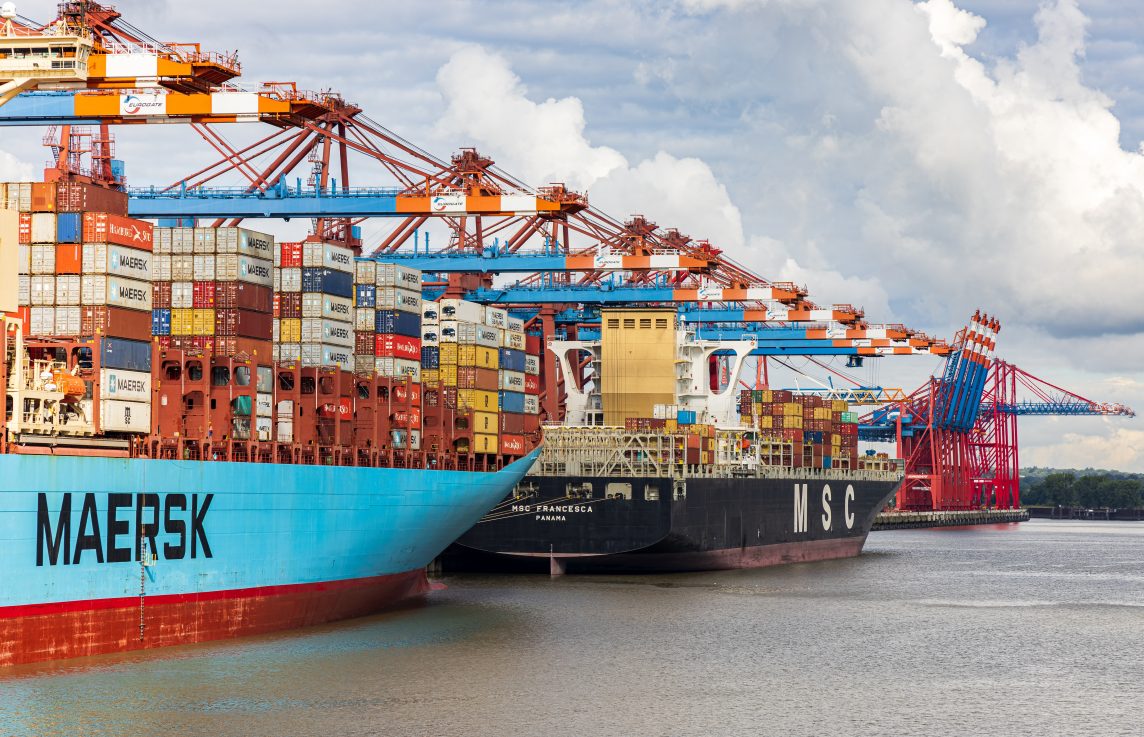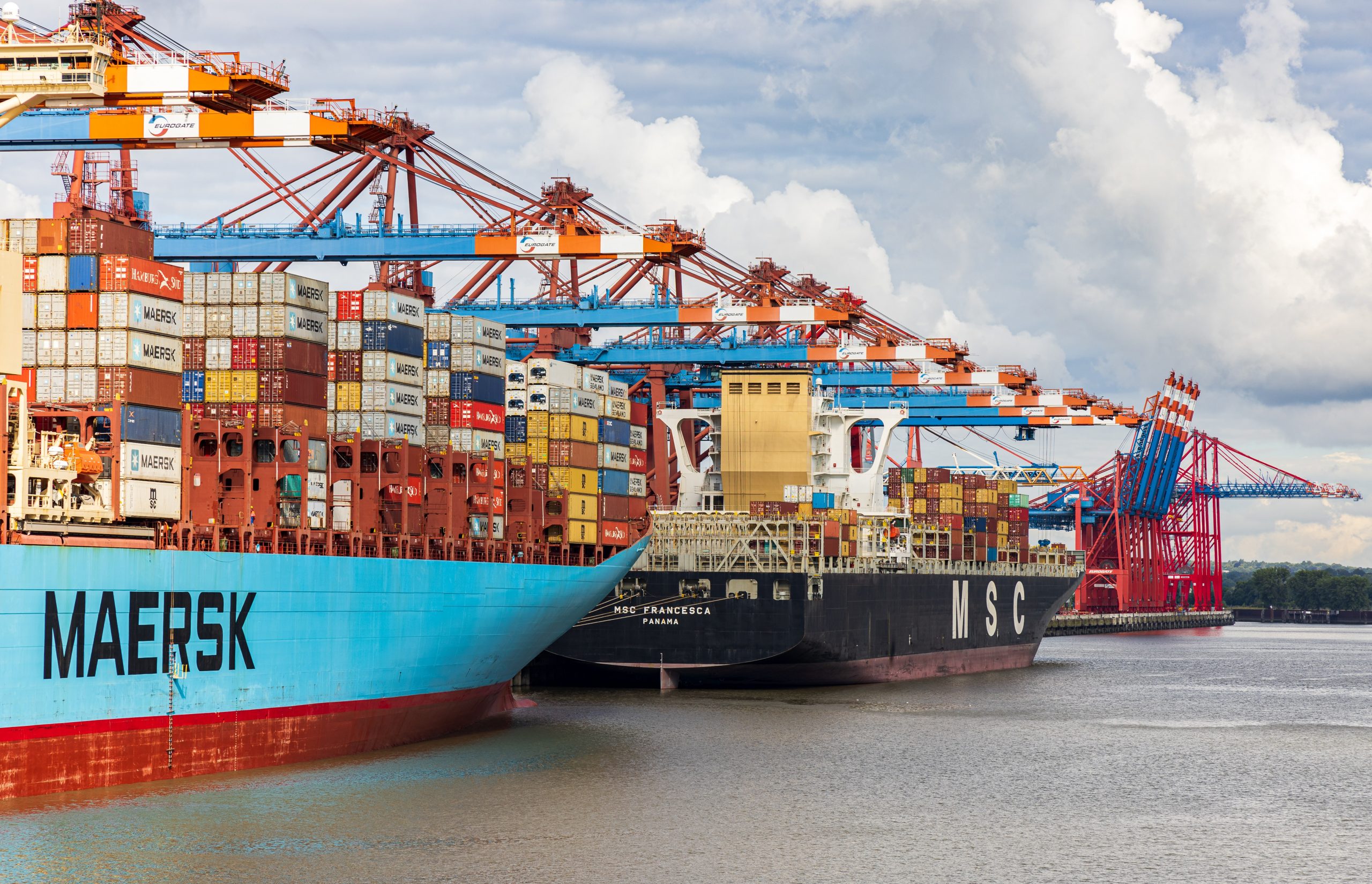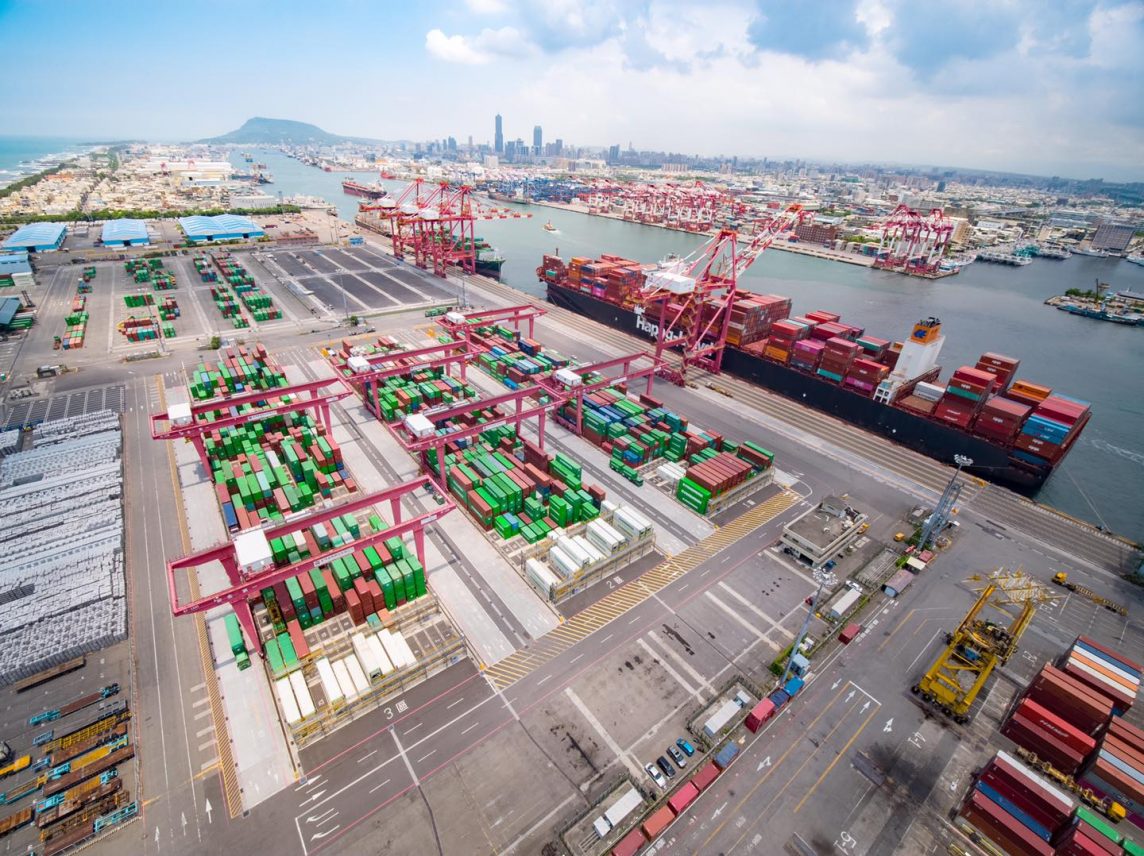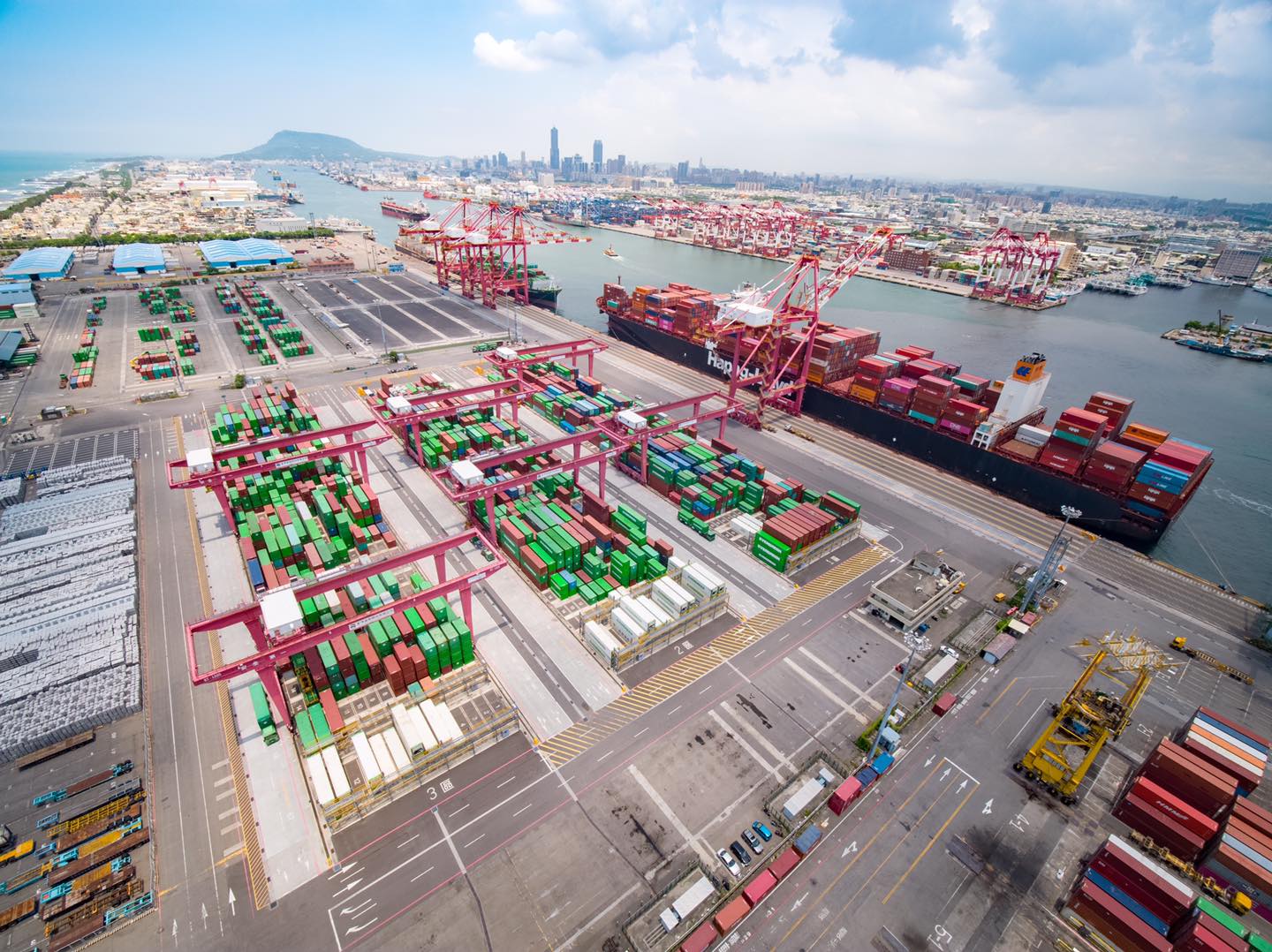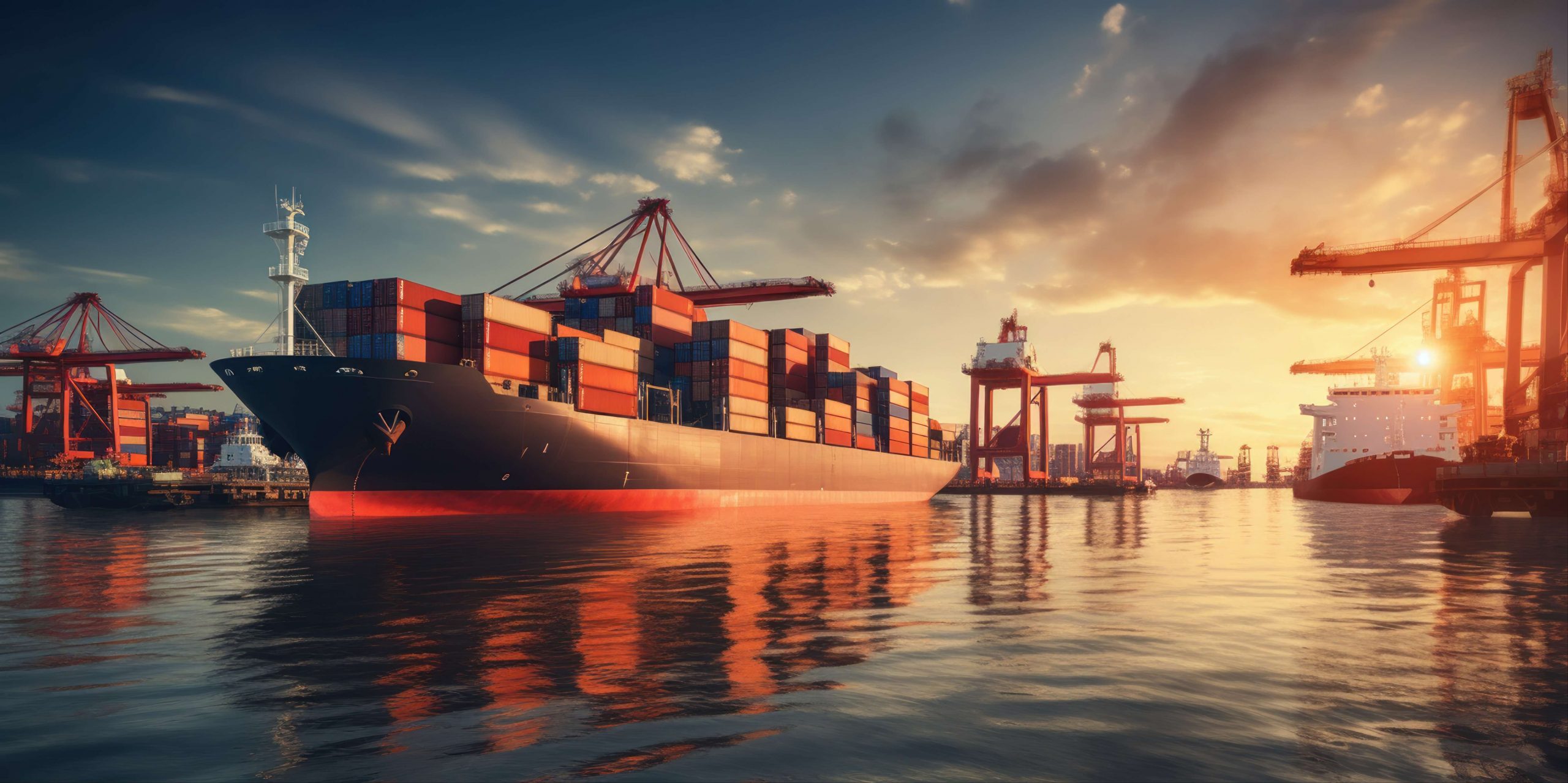
Embarking on your first container shipping endeavor can be both exciting and daunting. To ensure a smooth and successful experience, it’s crucial to address several key considerations before sending your cargo off into the vast expanse of global trade. Here are five essential factors to contemplate:
1. Container Selection and Condition:
Choosing the right type and size of container is paramount to safeguarding your cargo during transit. Evaluate your goods’ dimensions, weight, and special requirements to select an appropriate container size, whether standard, high cube, or specialized. Additionally, thoroughly inspect the chosen container for structural integrity, cleanliness, and any signs of damage or wear. Opting for well-maintained containers reduces the risk of in-transit issues and ensures the safety of your goods.
2. Shipping Routes and Carrier Selection:
Researching shipping routes and selecting a reliable carrier are crucial steps in the container shipping process. Analyze various transport options, including ocean freight, air cargo, or multimodal solutions, to determine the most cost-effective and efficient route for your shipment. Consider factors such as transit times, frequency of service, and carrier reputation when making your selection. Collaborating with experienced freight forwarders or logistics providers can offer valuable insights and assistance in navigating the complexities of international shipping.
3. Packaging and Cargo Protection:
Proper packaging and securing of your cargo are essential to prevent damage or loss during transit. Utilize sturdy packaging materials that can withstand the rigors of transportation, including handling, stacking, and exposure to environmental conditions. Employ suitable dunnage, bracing, and blocking techniques to immobilize and protect your cargo within the container. Additionally, consider factors like temperature control, moisture protection, and ventilation to ensure the integrity of sensitive or perishable goods throughout the shipping journey.
4. Customs Compliance and Documentation:
Compliance with customs regulations and accurate documentation are fundamental aspects of international trade. Familiarize yourself with the customs requirements and import/export regulations of the countries involved in your shipment to avoid delays or penalties. Prepare comprehensive documentation, including commercial invoices, packing lists, and certificates of origin, in accordance with applicable regulations. Partnering with experienced customs brokers or freight forwarders can streamline the customs clearance process and ensure compliance with legal requirements.
5. Risk Management and Insurance Coverage:
Mitigating risks and protecting your investment through adequate insurance coverage is essential for peace of mind during container shipping. Assess potential risks associated with your cargo, such as theft, damage, or liability, and select insurance policies that provide comprehensive coverage against these hazards. Consider factors like cargo value, mode of transportation, and route-specific risks when determining insurance requirements. Implement risk management strategies, such as proper packaging and supply chain visibility, to minimize the likelihood of incidents affecting your shipment.
In summary, thorough preparation and attention to detail are vital for first-time container shippers to navigate the complexities of international trade successfully. By addressing considerations such as container selection, shipping routes, packaging, customs compliance, and risk management, you can embark on your container shipping journey with confidence and ensure the safe and timely delivery of your goods to their destination.
We help you ship your containers for the first time
We know that it takes a lot of preparation and work to ship containerised cargo for the first time. Easily pair ocean shipments with inland transport and customs clearance services across our extensive global network. Sign up for a free account today and check our transparent instant rates.
